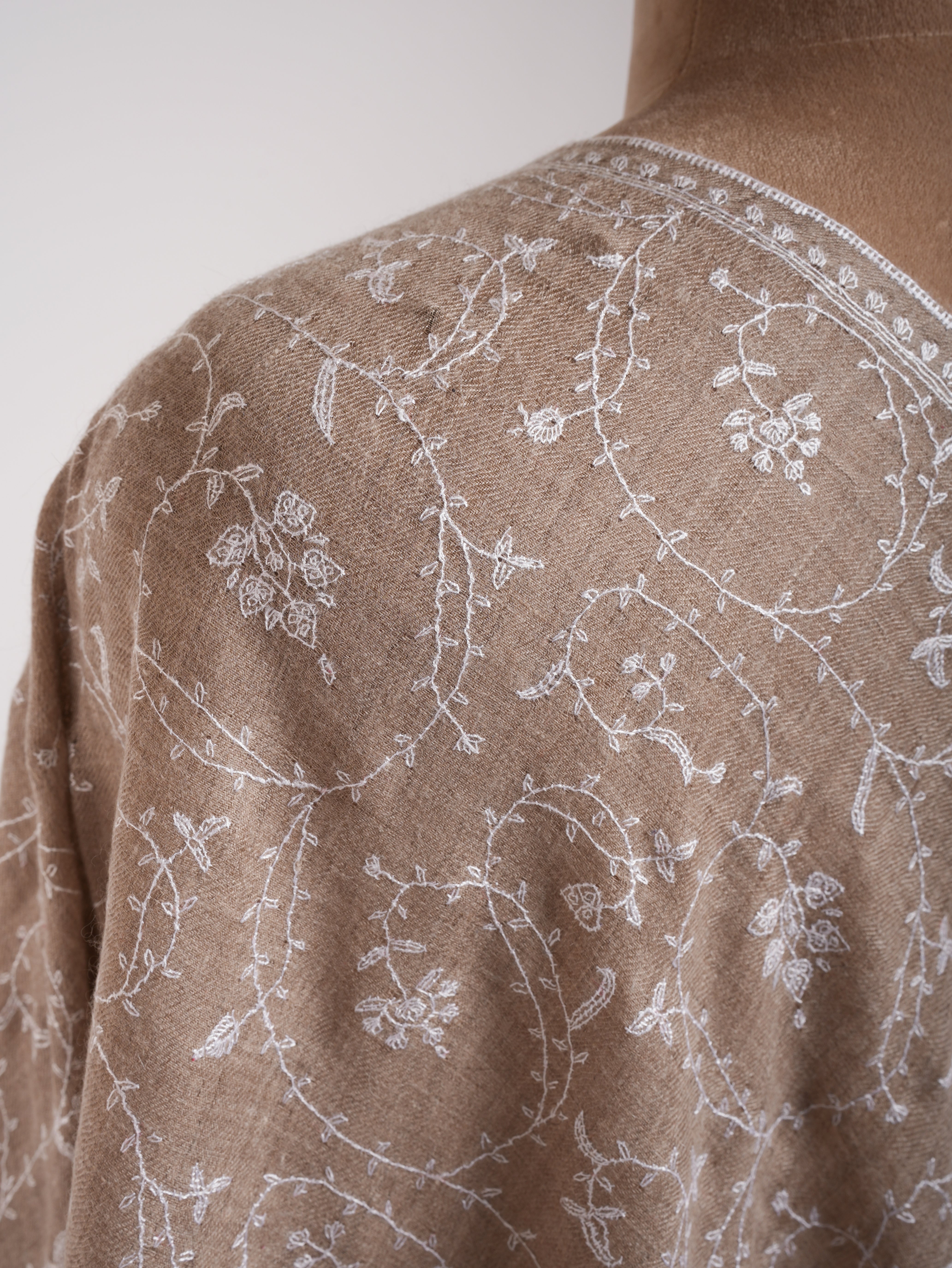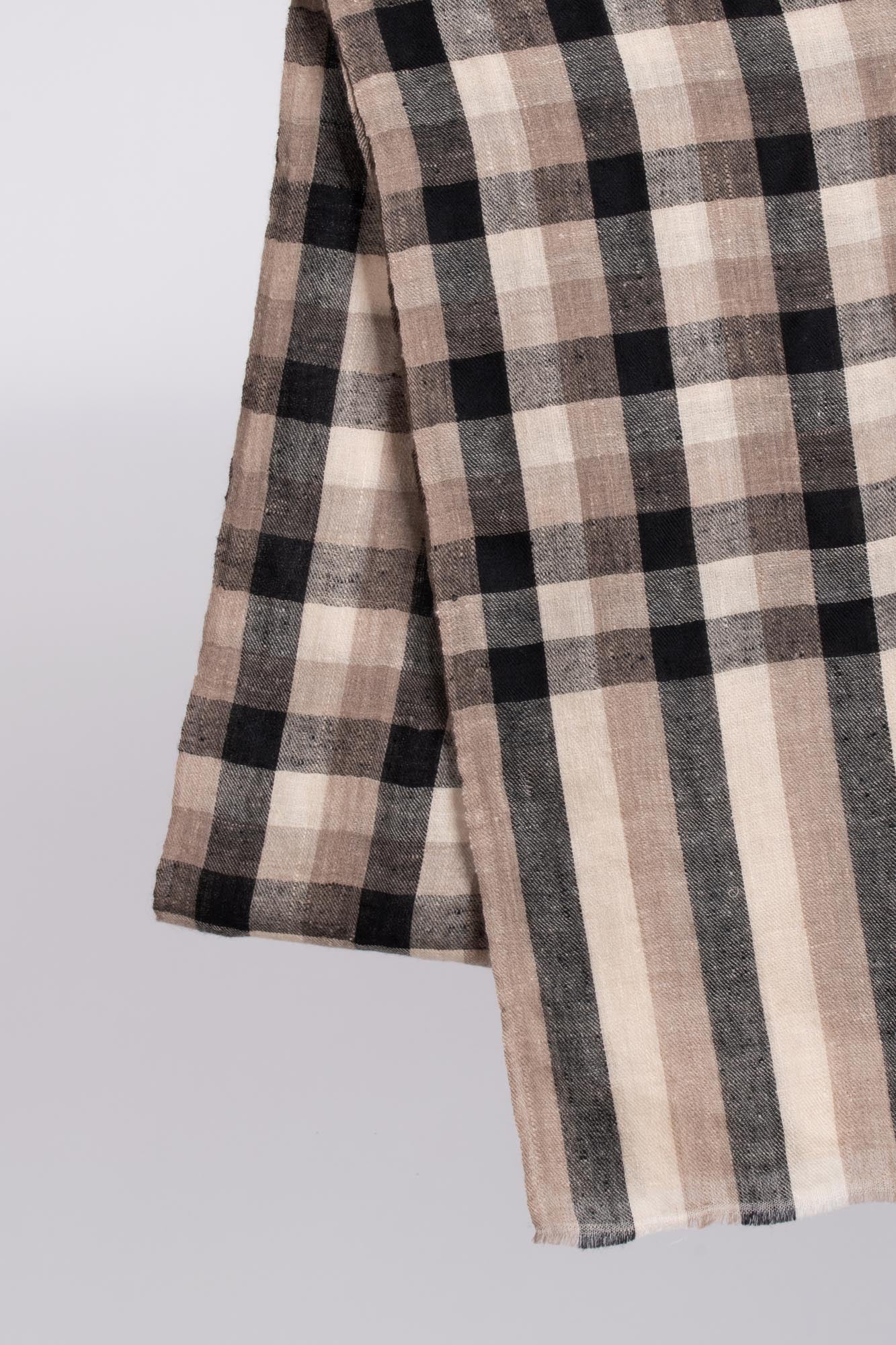
La storia e l'artigianato delle sciarpe di cashmere: una storia affascinante.
Cachemire sciarpe sono da tempo associate al lusso, al calore e all'eleganza senza tempo. La morbida e soffice consistenza del cashmere è una vera delizia per i sensi ed è molto ambita dagli amanti della moda e dagli intenditori. Ma come hanno fatto le sciarpe in cashmere a diventare un accessorio così ricercato e cosa le rende così speciali? Esploriamo la storia e l'artigianalità delle sciarpe in cashmere e scopriamo l'affascinante storia dietro questo accessorio iconico.
La storia del cashmere risale al XIII secolo, quando la lana fine e morbida fu prodotta per la prima volta nella regione del Kashmir in India. La produzione di lana di cashmere si diffuse rapidamente nei paesi vicini come Nepal, Tibet e Afghanistan, dove il clima rigido e il terreno accidentato erano ideali per l'allevamento della capra da cashmere. La lana prodotta da queste capre era nota per la sua eccezionale morbidezza, calore e resistenza, rendendola molto apprezzata tra i ricchi e l'élite.















Lascia un commento
Questo sito è protetto da hCaptcha e applica le Norme sulla privacy e i Termini di servizio di hCaptcha.